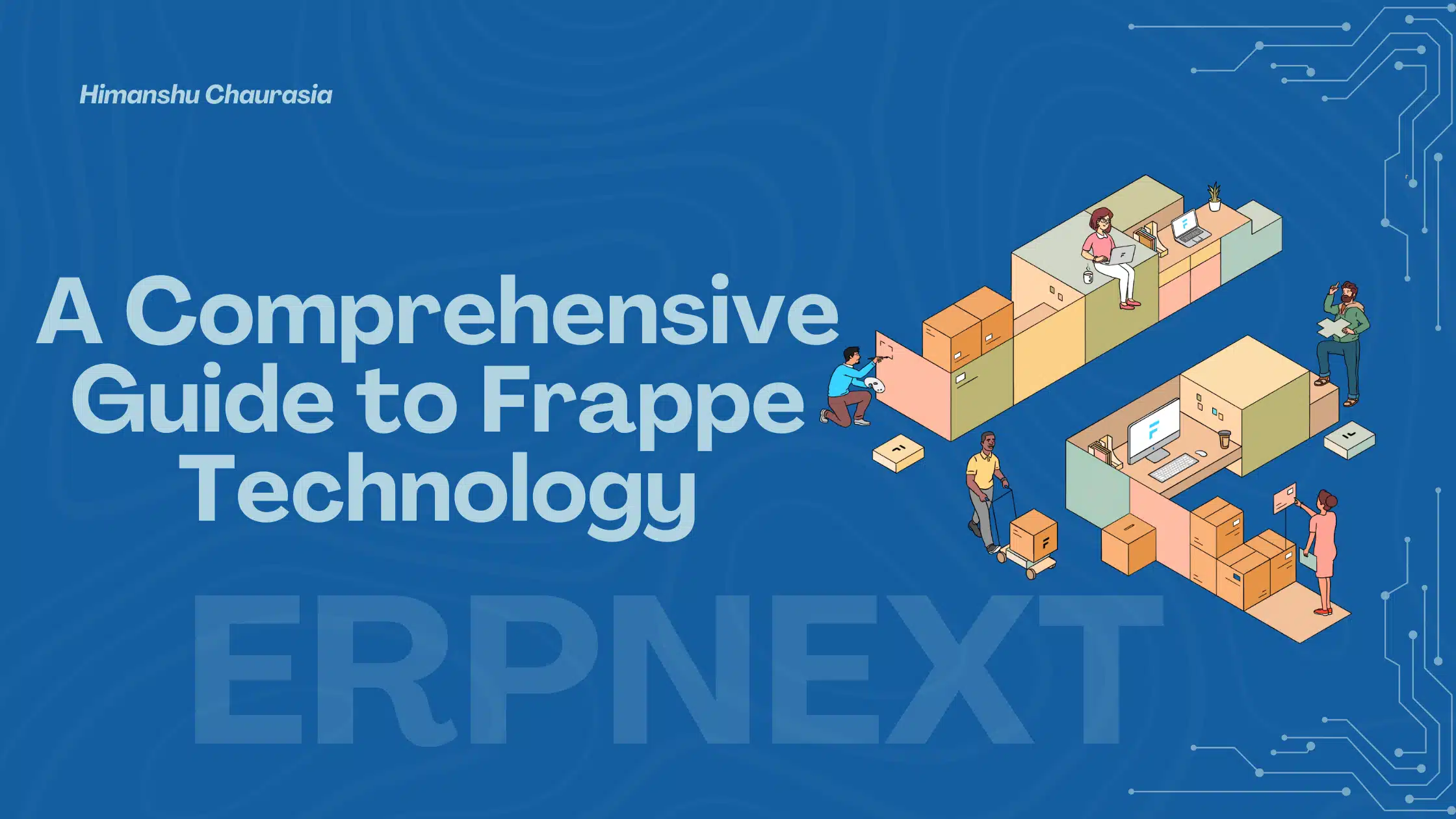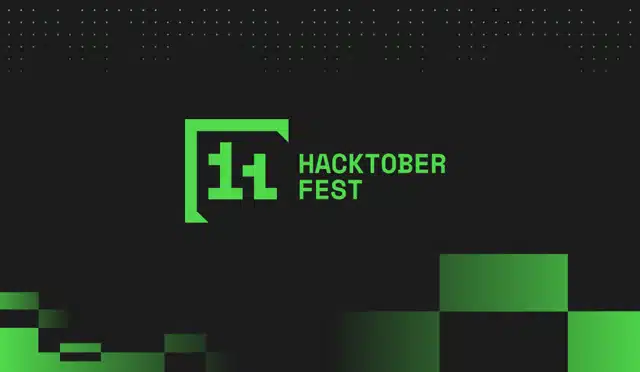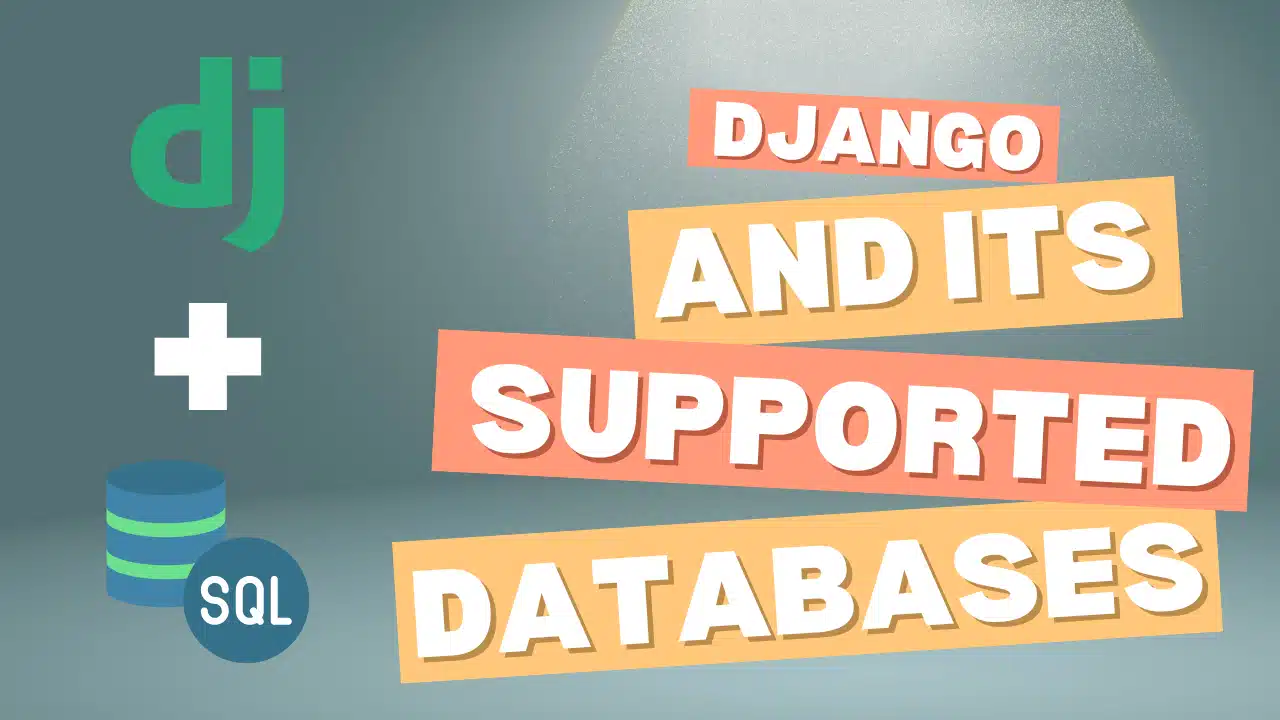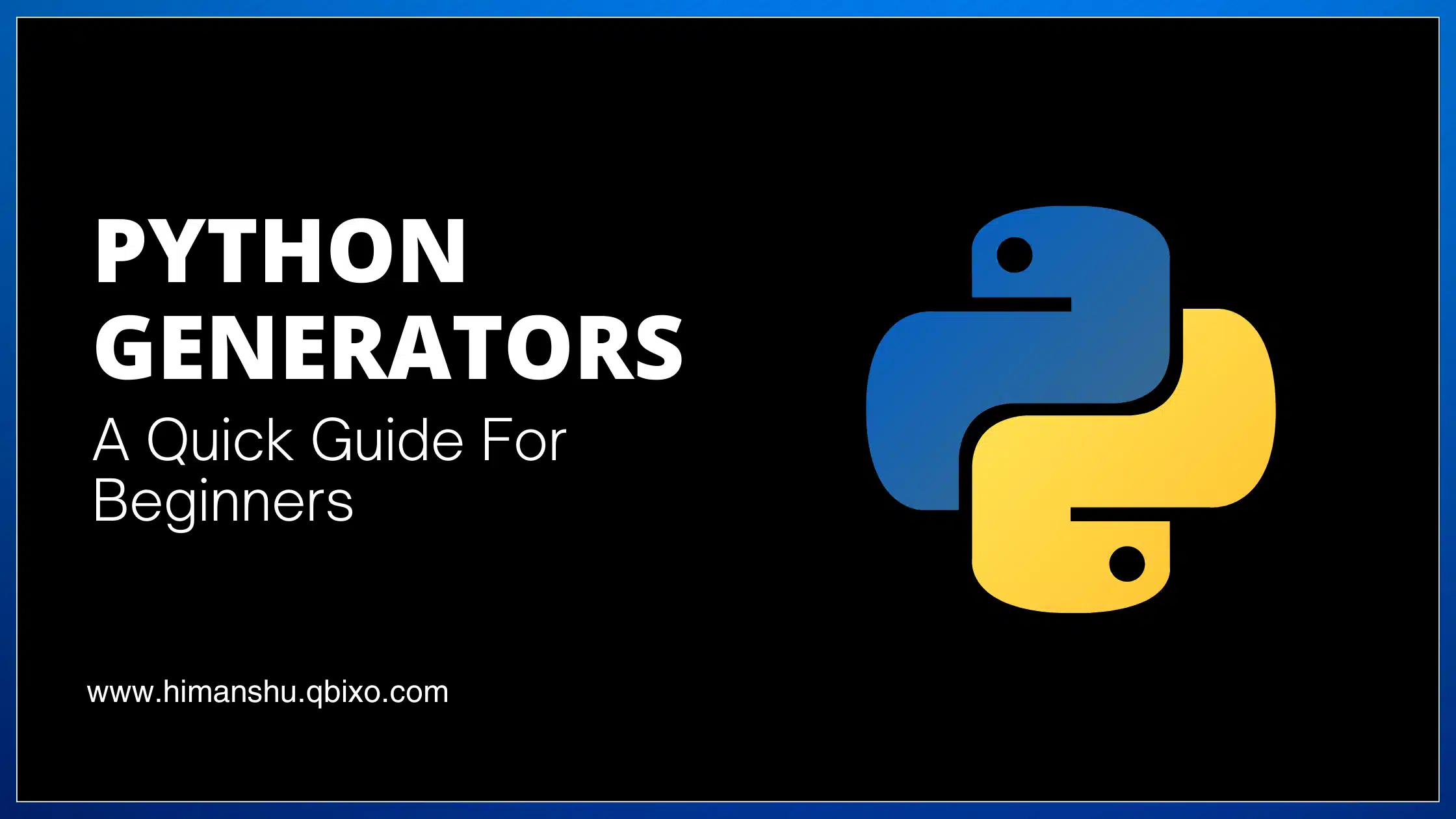A Comprehensive Guide to Frappe Technology: Features, Learning Path, and FAQs

Introduction
In the rapidly evolving world of web development, frameworks that offer flexibility, scalability, and ease of use are in high demand. Frappe, a powerful full-stack web application framework, is gaining traction for its ability to simplify the development process while providing robust features. Whether you're a developer looking to expand your skill set or a business seeking an efficient way to build custom applications, Frappe offers a compelling solution.

What is Frappe?
Frappe is an open-source, full-stack web application framework primarily used to build custom business applications. It is the underlying technology behind ERPNext, a popular enterprise resource planning (ERP) software. Frappe is built on Python and JavaScript, making it highly versatile and adaptable for a wide range of applications, from small business tools to complex enterprise solutions.
Key Features of Frappe
- Modular Architecture: Frappe’s modular design allows developers to create applications by piecing together reusable modules. This approach not only accelerates development but also makes it easier to maintain and scale applications.
- Built-In REST API: Frappe comes with a built-in REST API, which simplifies integration with other systems and platforms. This feature is particularly useful for businesses looking to connect their applications with third-party services.
- Customizable User Interface: With Frappe, developers can easily create and customize user interfaces using its built-in tools. The framework supports both server-side and client-side scripting, offering flexibility in how user interactions are handled.
- Role-Based Access Control: Security is a top priority in any business application, and Frappe addresses this with robust role-based access control (RBAC). Developers can define roles and permissions for different users, ensuring that sensitive data is protected.
- Workflow Automation: Frappe enables businesses to automate repetitive tasks and processes through its workflow engine. This feature helps increase efficiency by reducing the need for manual intervention in routine operations.
- Multi-Tenancy Support: For businesses that need to manage multiple clients or departments within a single application, Frappe’s multi-tenancy feature is invaluable. It allows separate data and configurations for different tenants, all within the same application instance.
- Document Management: Frappe includes a comprehensive document management system, allowing users to store, retrieve, and manage documents and files with ease. This feature is particularly useful in applications that require extensive documentation or file handling.
Latest Features and Updates in Frappe
Frappe is continuously evolving, with new features and improvements being added regularly. Some of the latest updates include:
- Real-Time Notifications: Frappe now supports real-time notifications, enhancing user experience by providing immediate feedback on actions and events within the application.
- Enhanced Reporting Tools: The reporting tools in Frappe have been upgraded, allowing for more complex data analysis and visualization. Users can create custom reports with advanced filtering and grouping options.
- Improved User Interface Components: Recent updates have introduced new UI components and enhancements, making it easier to build modern and responsive interfaces.
- Optimized Performance: Frappe’s latest versions have seen significant performance improvements, particularly in data-intensive operations, ensuring faster load times and smoother user experiences.
Who Can Learn Frappe?
Frappe is suitable for a wide range of learners, including:
- Web Developers: With its foundation in Python and JavaScript, Frappe is an excellent choice for web developers looking to build full-stack applications. Its modular design and built-in tools make it accessible to both beginners and experienced developers.
- Business Analysts: Those with a background in business analysis can leverage Frappe to create custom business applications that meet specific organizational needs without extensive programming knowledge.
- ERPNext Users: Users of ERPNext who want to customize their ERP system or develop additional features can benefit from learning Frappe, as it is the framework that powers ERPNext.
- IT Professionals: IT professionals who manage business applications and want to streamline their processes can use Frappe to develop tailored solutions that integrate seamlessly with existing systems.
Prerequisites to Learn Frappe
Before diving into Frappe, it's helpful to have:
- Basic Knowledge of Python: Since Frappe is built on Python, understanding the basics of Python programming is essential.
- Familiarity with JavaScript: Frappe uses JavaScript for client-side scripting, so knowing JavaScript will help in customizing and extending the framework.
- Understanding of Web Development Concepts: Familiarity with general web development concepts, such as HTTP, REST APIs, and databases, will make learning Frappe easier.
- Experience with Git: Since Frappe development often involves version control, basic knowledge of Git is recommended.
How to Get Started with Frappe
- Install Frappe: Begin by setting up the Frappe framework on your local machine. Detailed installation instructions are available on the official Frappe documentation site.
- Explore the Documentation: Frappe has comprehensive documentation that covers everything from basic concepts to advanced features. Start by exploring the introductory sections to familiarize yourself with the framework.
- Join the Community: The Frappe community is active and welcoming. Join forums, participate in discussions, and contribute to the open-source project to accelerate your learning.
- Build Your First App: Once you're comfortable with the basics, try building a simple application using Frappe. This hands-on experience is invaluable in solidifying your understanding of the framework.
Conclusion
Frappe technology offers a powerful, flexible, and user-friendly framework for developing custom business applications. Its rich feature set, combined with an active community and continuous updates, makes it an excellent choice for developers and businesses alike. Whether you're looking to build your first web application or expand your skill set, Frappe provides the tools and support you need to succeed.
FAQs
Que 1. What is Frappe used for?
Ans. Frappe is used to build custom web applications, particularly business applications such as ERP systems, CRM tools, and project management software.
Que 2. How is Frappe different from other web frameworks?
Ans. Frappe stands out due to its modular architecture, built-in REST API, and focus on business applications. It also powers ERPNext, a popular open-source ERP system.
Que 3. Is Frappe free to use?
Ans. Yes, Frappe is open-source and free to use. It is licensed under the MIT License, allowing developers to use, modify, and distribute the framework.
Que 4. Can I use Frappe for non-business applications?
Ans. While Frappe is designed with business applications in mind, its flexibility allows it to be used for a wide range of web applications.
Que 5. What are the system requirements for Frappe?
Ans. Frappe requires a Unix-based operating system (such as Linux or macOS), Python 3.6 or higher, Node.js, and a database like MariaDB or MySQL.
About Author
Latest Blogs

Mastering C#: Your Ultimate Guide to Learning C# Programming
Introduction to C#C# (pronounced "C sharp") is a versatile and powerful programming language developed by Microsoft. Launched in the early 2000s, it is primarily used for building Windows applications, web services, and games. With its clean syntax and object-oriented principles, C# has become one of the most popular programming languages worldwide.Why Learn C#?Versatility: C# is used in various domains, from desktop applications to cloud-based services.Strong Community: With a robust community …

A Complete Guide to Hacktoberfest 2024: How to Register, Contribute, and Make the Most of It
Hacktoberfest is back for 2024! This annual event encourages developers worldwide to contribute to open-source projects. Whether you're a seasoned open-source contributor or a newcomer, this guide will walk you through the process of getting started, making contributions, and maximizing your participation in Hacktoberfest 2024. What is Hacktoberfest?Hacktoberfest is an event held every October to celebrate and promote open-source software. DigitalOcean organizes it in partnership with other tech companies and open-source …

Django and Its Supported Databases: A Comprehensive Guide
Django, a powerful web framework written in Python, offers seamless integration with various databases. Choosing the right database depends on your project needs. This guide will explore all available databases compatible with Django, how to connect them, incompatible databases, and frequently asked interview questions related to Django database integration.Supported Databases in DjangoPostgreSQLMySQLMariaDBSQLiteOraclePostgreSQLPostgreSQL is a popular open-source relational database that is fully supported by Django. It's known for advanced features like …

Python Generators: A Comprehensive Guide with Examples, Use Cases, and Interview Questions
IntroductionIn Python, generators provide a powerful tool for managing large datasets and enhancing performance through lazy evaluation. If you’re aiming to optimize memory usage or handle streams of data efficiently, understanding Python generators is crucial. This blog will cover what Python generators are, how they work, their advantages, scenarios where they shine, and some common interview questions. Whether you're a seasoned developer or new to Python, this guide will help …
Social Media
Tags
#Frappe
#ERPNext
#python
#ERP
